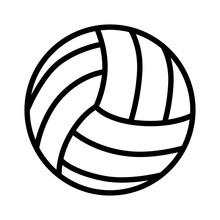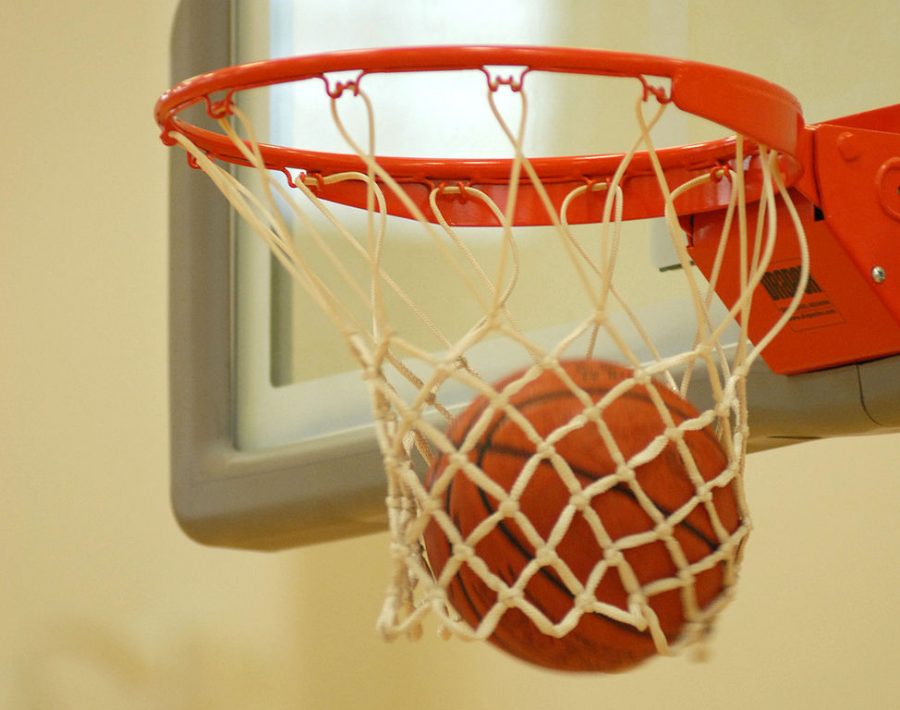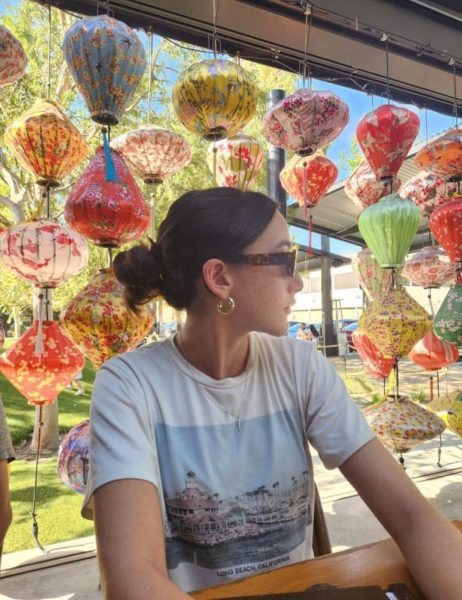
Volleyball was originally called mintonette and was invented in 1895 by a physical director, William G. Morgan, at the Young Men’s Christian Association (YMCA) in Massachusetts. According to olympics.com, he was inspired by a combination of sports; the ball came from basketball, the net came from tennis, the idea of using hands came from handball, and sets in the game came from baseball’s innings. The newly designed ball was introduced in 1900 after trial and error with balls from other sports like basketball. Volleyball eventually spread throughout America and the name evolved to “volley ball” but changed into a single word in 1952. The sport spread to India, China, Europe, South America, and Africa due to their connection to YMCA societies. Today, more than 46 million males and females play volleyball in the USA and over 800 million play worldwide.
Rules
(Keep in mind that rules vary depending on indoor or outdoor volleyball. These are some basic rules regarding indoor volleyball)
- Only six players are allowed on the court with three in the front and three in the back.
- Stepping over the line while serving results in a foot fault.
- A player cannot touch the ball twice (a block is not considered a touch).
- A ball is out if it touches the antennae, doesn’t go in between the two antennas, touches referee or non-player, outside of the line (the ball is in if it touches the line), and touches the ceiling going on the opposing side.
- A player cannot block a serve.
- A player cannot catch, throw, or hold the ball.
- Players in back row cannot jump in the 10-foot line area.
- The ball cannot be touched more than 3 times before going over the net.
- A player cannot go under the net or touch the net during play.
Positions
- Setter (S): positioned on the right side, considered one of the hardest positions, and their objective is to always get the second touch to set it up for an attacker for a third touch.
- Libero/lib(L): positioned left back, wears a different colored jersey, main defensive player by receiving serves, attacks, and hustling for balls.
- Defensive specialist (DS): positioned middle back, similar to libero, substitute for players that aren’t strong back row.
- Outside hitter (pin)(OH): positioned left front, known as the main volleyball attack player, and their goal is to attack the ball on third touch and block.
- Opposite/right side(RS): positioned right front, their goal is to hit and block.
- Middle blocker (MB): positioned middle front, and their job is to mainly block and hit.
Terminology
- Dig: a player passes an attack from an opponent.
- Joust: two players contact the ball above the net at the same time.
- Pancake: a player dives with their hand flat to avoid the ball from touching the ground.
- Dump: a setter sneakily pushes the ball over the net instead of setting it up for a hit.
- Attack (hit or spike): a player hitting the ball in an overhand motion commonly occurring on the third touch.
- Assist: a player passes or sets the ball up.
- Free ball: a ball that is easier to pass than a hit.
- Set: a player uses their hands to pass the ball.
- Sets: games are divided into 3 or 5 sets that go up to 25 points and 15 points in the final set. The winning team is determined on who won 3 sets out of 5 or 2 sets out of 3.
- Block: a player blocks the ball from going on their side.
- Tool: an attacker hits the ball off the block and it goes out to score a point.
- Serve: a player puts the ball in play by serving it behind the end line.
- Roll shot: a player slows down their arm swing speed when attacking.
- Dolphin dive: a type of diving technique to keep the ball up where a player kicks both of their legs up landing safely on the ground.
- Pin: another name for outside hitters and right sides.
Volleyball is a fun sport to play because of the fast-paced action, good camaraderie among the team, motivating cheers, and overall excitement. Cheering is important in volleyball because it can create a bond within the team and it encourages the players. Teamwork is the main part of volleyball involving communication, trust, and putting everyone’s dedication together to create a strong team. Overall, volleyball is an enjoyable team-oriented sport that requires strength, effort, and positive mindsets.




































